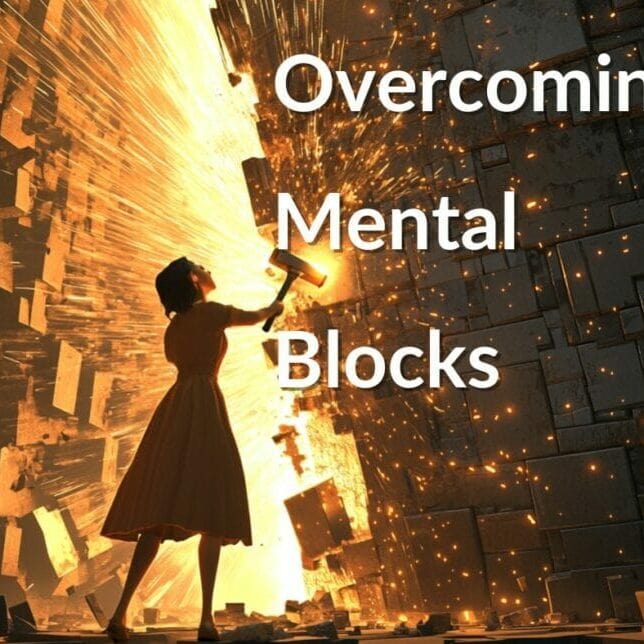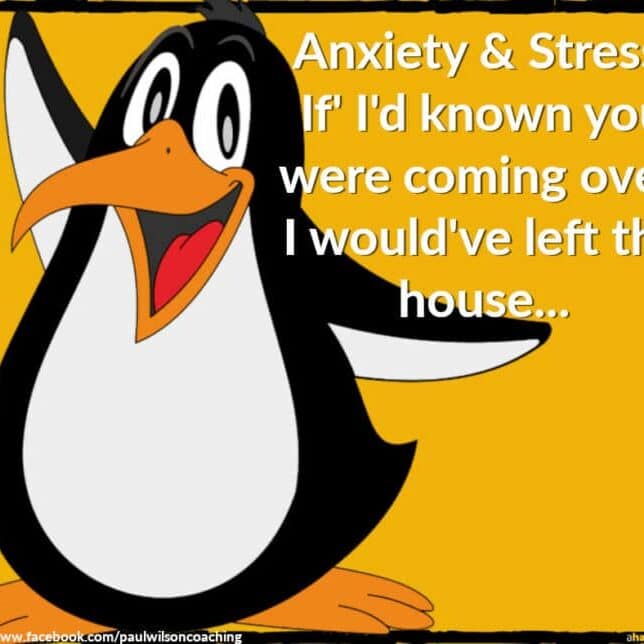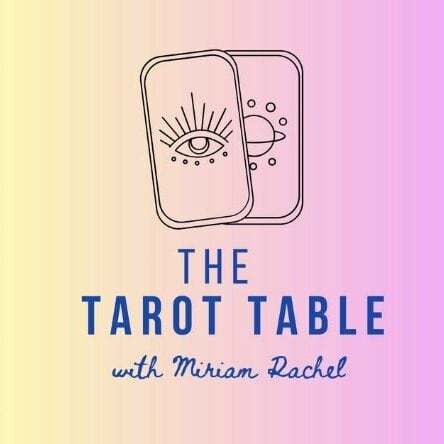What is a Somatic Response?
A somatic response is a sensation that you feel in your body in response to an emotion. This can range from tingling joy to breathless panic. From the perspective of a person suffering from severe anxiety or CPTSD a somatic response can feel disconnected from the emotions experienced, however connecting body and mind is an essential part of recovery.
The body whispers secrets we often overlook. Each shiver, flutter, and sigh is part of an intricate language, a somatic response, waiting to be decoded. These reactions are our body's rawest form of communication, relaying messages from the depths of our subconscious out into the physical world.
Key Takeaways
A somatic response is a physical sensation triggered by thoughts or emotions
Connecting the mind and body is the first step to understanding somatic responses
Breathwork & Movement are great ways to connect the mind and body
The Symphony of Somatic Reponses

Imagine your body as an orchestra, with every sensation playing its part in a larger symphony. A somatic response is an involuntary physical reaction to a psychological stimulus.
It could be the quickening of your heartbeat as you muster the courage to speak or the tension in your shoulders as deadlines loom. These responses are your body's way of expressing what your words cannot.
Stress & Somatic Responses
Stress doesn't just knock on your door, it slips under the cracks, seeping into your body. This response occurs when your nervous system translates stress into physical symptoms – your stomach knots, your palms sweat. These are somatic markers, indicators that something beyond the physical is stirring within.
Noticing the connection between stress, anxiety and the sensations in your body is your first step to recovery.
Emotions are felt Somatically.

Have you even wondered what was meant by a "gut feeling"? The phrase coined in the 19th Century describes accurately what we seem to have forgotten - that thoughts, especially unconscious ones can be felt in the body.
A broken heart, can be felt as a heaviness in your chest. Grief translates to an emptiness throughout the body. These are all somatic responses to strong emotions.
Somatic Healing
Healing can often begin with understanding our somatic responses. Through modalities like Somatic Healing, individuals learn to interpret these bodily signals, to converse with the nonverbal parts of themselves. It's about creating a dialogue between mind and body, leading to profound healing.
For more information about Somatic Healing your can read this post:
What is Somatic Healing?
Somatic healing is a technique used to improve the symptoms of chronic illness and pain, caused by trauma, by reconnecting mind and body.
Breathwork: The Bridge to Understanding Somatic Signals
Breathwork can be the bridge that connects us to understanding our somatic signals. As we focus on our breath, we often find that our body begins to speak more clearly, revealing the tensions and traumas stored within our flesh.
This works because in midst of strong emotions we tend to disconnect from our bodies - controlling our breathing and focusing on it brings us back into balance.
Movement: Somatic Expression and Dance

Dance therapy stands out as a beautiful illustration of somatic expression. It is not just art; it is a form of communication. Through movement, individuals can express and release stored emotions, allowing the body to speak its silent language loudly.
Just like breathwork, dancing requires absolute focus upon the body and brings the mind body connection back into balance.
In addition to this, when performed in groups or couples, dancing can reestablish your connection to others. Physical touch, whether through dance or massage, can ground us, bringing our attention to the present moment.
Somatic Responses: A Language Without Words
In conclusion, somatic responses are our body’s language without words. They are the visceral expressions of our innermost feelings, thoughts, and experiences. By learning to interpret and interact with these responses, we can begin a journey of self-discovery and healing that unites the mind, body, and spirit in harmonious dialogue.
Further Reading about Somatic Responses
Rothschild, B. (2000). The Body Remembers: The Psychophysiology of Trauma and Trauma Treatment. This study explores the connection between trauma and physical responses.
Levine, P. A. (1997). Waking the Tiger: Healing Trauma. Levine's work discusses how the body processes and retains traumatic experiences.
Van der Kolk, B. A. (2014). The Body Keeps the Score: Brain, Mind, and Body in the Healing of Trauma. This seminal book bridges the gap between traumatic experiences and somatic responses.
Damasio, A. (1994). Descartes' Error: Emotion, Reason, and the Human Brain. Damasio's research provides insight into how emotions and bodily responses are linked.
Ogden, P., & Fisher, J. (2015). Sensorimotor Psychotherapy: Interventions for Trauma and Attachment. A resource on incorporating the body's responses into therapy for trauma and attachment issues.
Payne, P., Levine, P. A., & Crane-Godreau, M. A. (2015). Somatic experiencing: Using interoception and proprioception as core elements of trauma therapy. Published in Frontiers in Psychology, this article explores how somatic experiencing is a therapeutic tool for trauma.
By weaving these studies into our understanding, we can appreciate the complex interplay between our psychological landscape and the somatic responses that act as its messengers.






